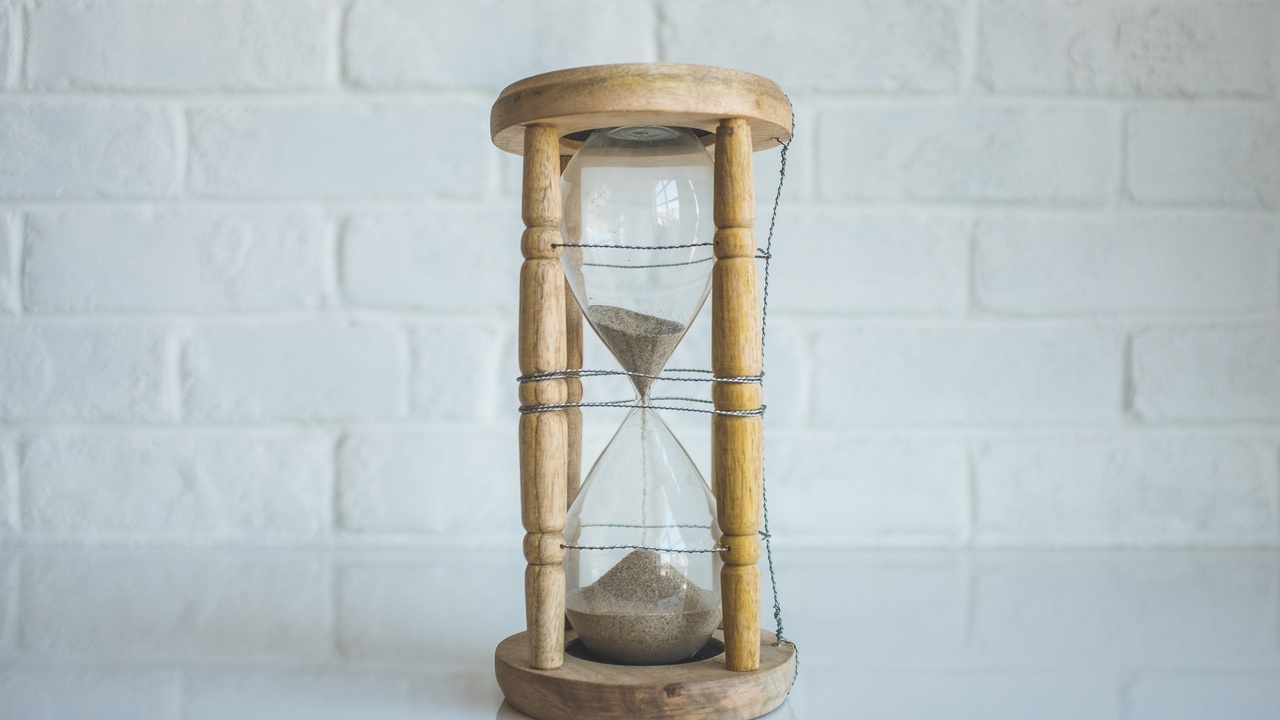⌛How long does it take to learn Spanish?

How long will it take me to be fluent? This is something that I get asked a lot.
And it is a very interesting question as not only is there no simple answer, but also the answer may surprise you… because a huge part is really up to you!
Let me explain.
There are critical elements that will influence how long it will take you and most of them are actually within your control.
Like…
- How much Spanish are you are exposed to daily?
- How many hours a day are you willing to commit to Spanish?
- How passionate are you about the Spanish language and culture?
- How confident are you that you can be fluent in Spanish?
Let’s explore each of them in more depth:
How much Spanish you are exposed to daily.
If you live in Spain, how many *real* opportunities do you have daily to interact with people? Go through your day to day and identify the situations where the interactions are “easier and more predictable” and build it from there.
And if you don’t live in Spain, how present is Spanish in your life? It can be listening to podcasts while walking, watching films/series, listening to the radio, watching Spanish TV, finding people to speak with online… Grab a piece of paper and list all the possibilities that you can see yourself doing (and enjoying!)
How many hours a day you are willing (or able) to commit to Spanish.
It comes down to being honest.
Sometimes we want to achieve something, but the reality is that we’re not really making time to make it happen!
Perhaps you’re in a particularly busy period and you really can’t fit anything else. If that’s the case, then accept that this is what it is at the moment and that’s ok. Then, make a plan (with a date on it) for when you can set time aside to improving your Spanish and you will see results👍
How passionate are you about the Spanish language and culture?
Do you like how Spanish language sounds? Do you like something about Spanish culture? Do you have Spanish-speaking friends? Do you like films or music in Spanish? Do you like the food?
The more you can answer yes to these questions, the faster you will learn. Language learning engages many parts of our brains and your emotional commitment to it will influence how you apply yourself to your learning and how efficient it is.
How confident are you that you can be fluent in Spanish?
This is a big, critical point.
Because having the right mindset and attitude will have a determining influence on your progress.
It is that determination and commitment to succeed that will help you get through the difficulties along the way, work on the areas that are holding you back and not give up.
A powerful exercise that can help is to have a clear picture of the end result.
For example, imagine conversing freely with Spanish speakers. Think of the situations and conversations that you would like to have. The more vivid that you can picture yourself speaking fluently, the better. You could also picture yourself enjoying books, films and tv programmes (if these are activities included in your end goal).
Once you are able to engage in these activities, however imperfectly at first, you are on your way to get there!
And as overwhelming as this might seem at first, it is in fact a huge learning opportunity. Because real life exposure lets you know where your gaps are, and sends you back to your Spanish learning activities with renewed determination to improve 👏👏👏


